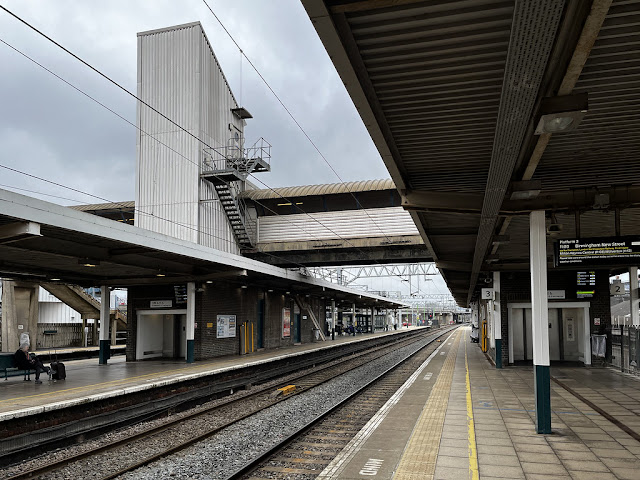 |
| St Fillans [1] |
| Information | |
|---|---|
| Type: | National Rail (Lochearnhead, St Fillans and Comrie Railway) |
| Opened: | 1901 |
| Closed: | 1951 |
| Platforms: | 2 |
The station was opened by the Lochearnhead, St Fillans and Comrie Railway in 1901. The railway, although it carried passenger traffic, was intended for freight. However, the amount of freight traffic disappointed and passenger revenues were not high enough to cover the costs of the line. St Fillans and the other stations on the line were closed in 1951.
The station had a station building on it's west platform which still exists though the line has now been lifted. The station had a good yard to the north.
[1] G.A. Sekon, "Twentieth century railway development, No: 14 Caledonian Railway", Railway & Travel Monthly Vol. 5 No. 30 (October 1912) p. 283
[1] G.A. Sekon, "Twentieth century railway development, No: 14 Caledonian Railway", Railway & Travel Monthly Vol. 5 No. 30 (October 1912) p. 283





































